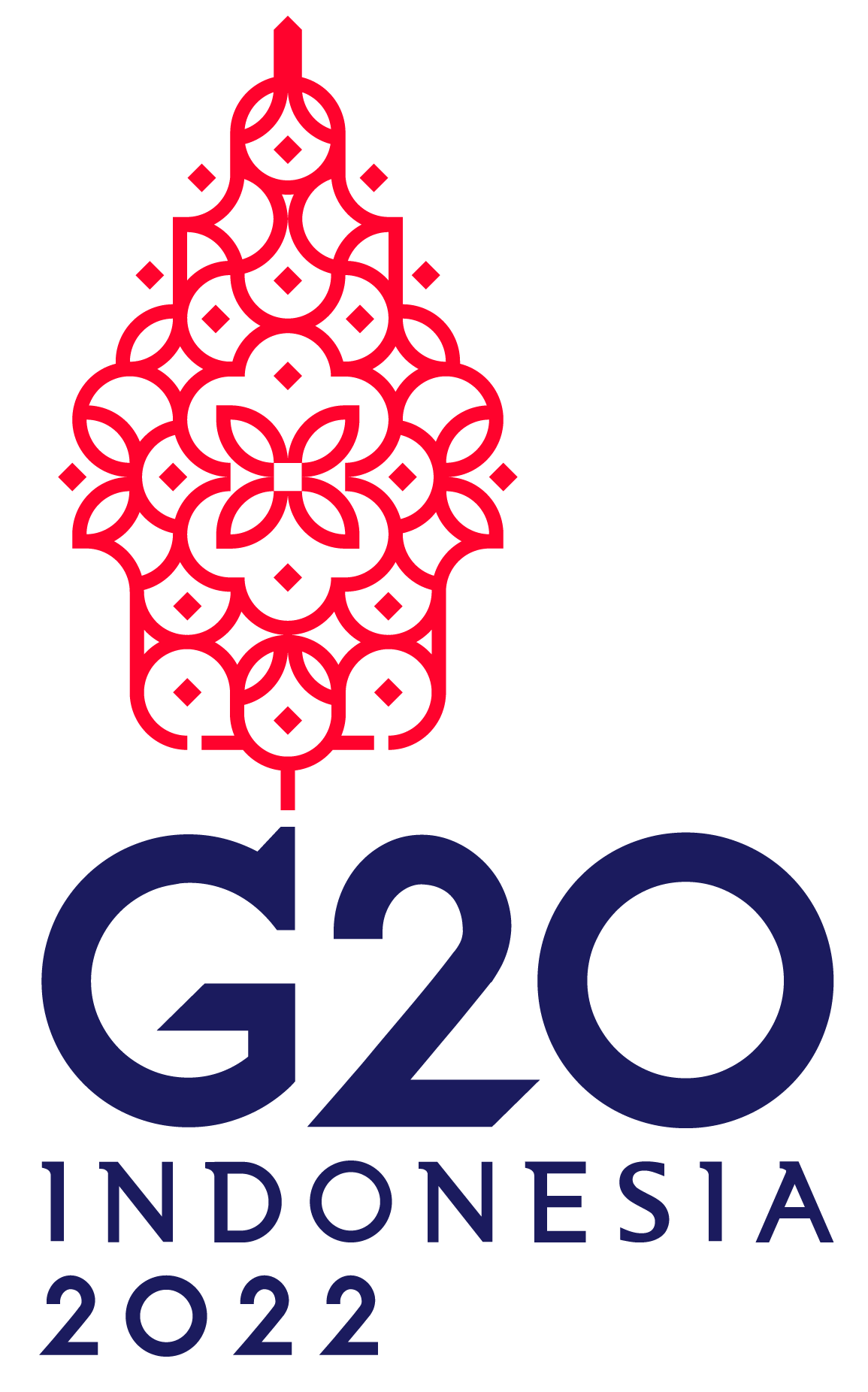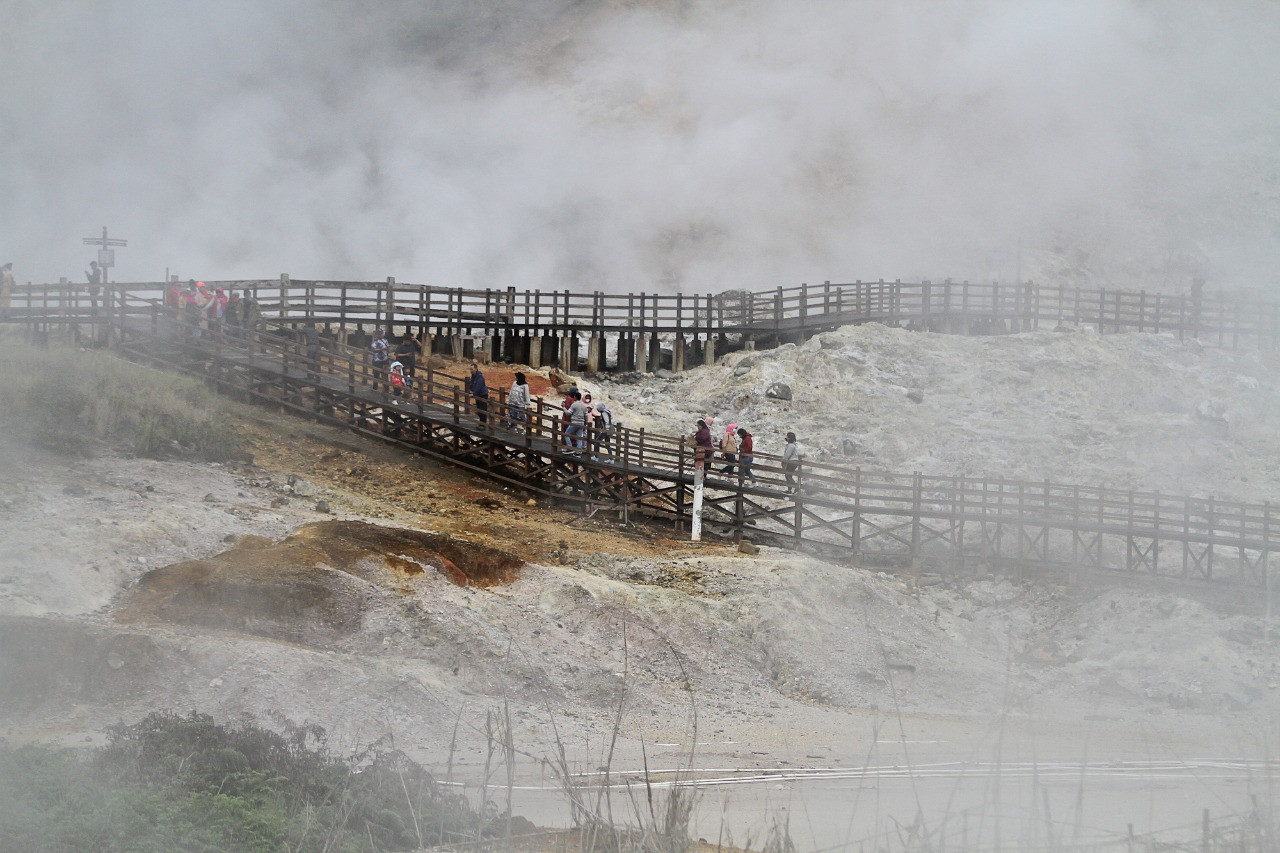Popular Reads
Top Results
Can't find what you're looking for?
View all search resultsPopular Reads
Top Results
Can't find what you're looking for?
View all search resultsEnergy industry leaders push for Indonesia’s energy transition
Indonesia, which holds the world’s largest geothermal reserves, is aiming to have a total of 3.35 gigawatts (GW) of geothermal power production capacity by 2030.
Change text size
Gift Premium Articles
to Anyone

Indonesia needs to tap into renewable energy sources, particularly geothermal and solar energy sources, as one of the world's most populous country and a major global emitter is decarbonizing its economy.
“Demand and potential for renewable energy in Indonesia are soaring, it is expected that the Indonesian energy demand will increase considerably,” Coordinating Economic Affairs Minister Airlangga Hartarto said during a JakPost UpClose webinar on Tuesday.
The latest edition in The Jakarta Post’s public webinar series, themed “G20 Energy Transition: Toward Zero-Emission Partnerships”, was held in conjunction with Indonesia’s 2022 G20 presidency.
Edwin Nugraha Putra, executive vice president of electricity system planning at PLN, told the webinar that the state-owned electricity company had designed several strategies to transition from high-carbon energy sources. These included expanding the capacity of its gas-fired power plants, increasing cofiring at its existing coal-fired power plants (PLTU) and converting more power plants from diesel to renewables.
“By the end of 2060, we will put all kinds of renewable energy, including geothermal power and hydropower, in the system. If we still need more, it will come from wind and solar,” Edwin added.
PLN is currently developing a geothermal power plant with an installed capacity of 590 megawatts (MW), consisting of 360 MW generated by PLN and 230 MW generated in collaboration with state-owned geothermal company PT Geo Dipa Energi and state-owned Pertamina Geothermal Energy.
Natural gas is a fossil fuel that is relatively clean and highly flammable, but produces lower emissions than coal or petroleum in generating the same amount of energy. According to the International Energy Agency (IEA), natural gas emits between 45 and 55 percent less greenhouse gas emissions than coal in electricity generation.
Indonesia, which has the world’s largest geothermal reserves, aims to achieve geothermal power capacity of 3.35 gigawatts (GW) by 2030, as outlined in its 2021-2030 Electricity Procurement Plan (RUPTL).
Data from the Energy and Mineral Resources Ministry data show that only 9.2 percent of the country’s 23.7 GW geothermal potential, or 2.18 GW, has been harnessed to date, while 1.33 GW has been allocated for expansion plans through to 2035.
Low offtake tariffs still remain the unaddressed challenge to developing geothermal power plants in Indonesia, experts say, after the recent launch of a state-funded well-drilling program addressed the issue of high production costs, experts say.
Prevailing regulations peg offtake tariffs for renewable plants to the tariffs of coal power plants, which have much lower production costs owing to price caps on coal, economies of scale and the absence of carbon taxes.
Read also: Low tariffs still hinder geothermal power growth in Indonesia
President director Kazuki Ishikura of PT Mitsubishi Power Indonesia said natural gas had a key role in Indonesia’s energy transition, as the country needed a transitory solution to reach its zero emissions goal, such as hydrogen. He also highlighted the potential of geothermal as an alternative energy source.
“[Natural gas] produces about half the carbon dioxide emissions produced by coal when combusted under the same power output,” Ishikura told the webinar. “I believe an uptrend to expand geothermal energy development is crucial for Indonesia.”
Read also: Role of natural gas in advancing low-carbon energy transition in ASEAN
Meanwhile, Indonesia and Timor Leste cluster president Roberto Rossi of Schneider Electric predicted that, despite its enormous geothermal potential, other energy sources would be at the forefront of the country’s energy transition.
“We see the development of other technologies, such as solar panels, are moving faster than geothermal energy development,” he said.
Jiro Tominaga, Indonesia country director at the Asian Development Bank (ADB), said changing certain policies was key to pushing Indonesia’s energy transition to achieve a 23 percent renewable energy mix by 2025. These included cutting fossil fuel subsidies, setting electricity tariffs that supported renewables and encouraging private sector investments.
“The general sense is that Indonesia has not yet fully captured the global wave of renewable energy development and deployment,” Tominaga said, while noting that as the current G20 chair, Indonesia had helped sustain global discussions on the energy transition by putting the issue on the G20 agenda.
The ADB has been supporting Indonesia’s energy transition since 2012, contributing over $3 billion in funding.










